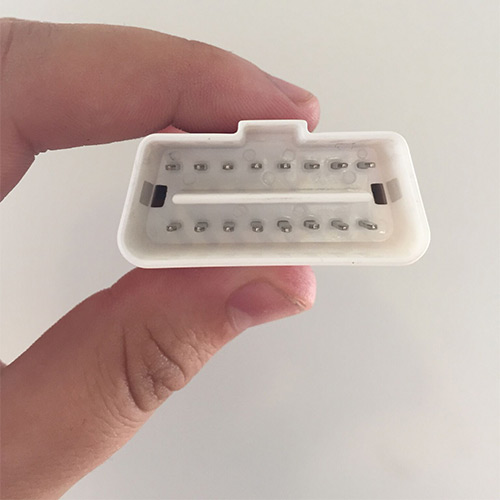When you first turn 16, all you can think about is how fun it’s going to be to sit behind a steering wheel, rev up the engine, and take all of your friends to cool places without needing to ask your parents. Of course, if your first automobile was an old clunker, you learned the hard way that maintaining a vehicle can be a pain in the neck. If you don’t watch your dashboard, check under the hood every few weeks, or pay attention to weird sounds in the engine, it won’t be long before you wind up stranded on the side of the highway, phoning up AAA.
Nobody wants to be in that position, but all too many individuals don’t take the necessary time and care to prevent such catastrophes from occurring. Surprisingly enough, though, car maintenance usually isn’t as hard as it’s cracked up to be. Here are a few easy to learn, easy to incorporate tips that will save you countless hours of stress.
Everybody’s had a flat tire, but it’s surprising how few people learn from the experience. One of the biggest causes of tire problems is when people don’t properly monitor the air in their tires, or refill it. This gets particularly bad in the winter months, when colder air causes tires to deflate faster. A lot of the time, it seems like people just expect the air to stay consistent in the tires, at all times, and that’s simply not how it works.
However, you don’t have to get a tire pressure gauge to monitor the air in your tires. Many gas stations have air pumps that will allow you to both check your tires, and refill them, for about $1 buck. It takes no less than two minutes, and you can easily incorporate it into your gas routine. In general, it’s recommended that you check the air in your tires about once a month, particularly once the air starts getting colder.
Also, while we’re talking about tires, here’s a friendly reminder that whenever you do fill up the air, also pay attention to the tread. The most common way to check the tread on your tires is something called the “penny test,” where you place a penny between the ribs, pointing Lincoln’s head down. The top of his head should disappear between the ribs, but if his whole head is visible, it’s probably time to get a new tire.
If you go somewhere to get your oil changed, doing so can often feel like a pointless endeavor. In reality, though, getting timely oil changes is a matter of life and death for your vehicle. Making sure you stay on top of those oil changes will also ensure a longer life for your car, and avoid costly repairs down the road. Doing an oil change is surprisingly easy, and even the layperson could do it at home. If you feel more comfortable getting it done for you, though, all you need to know is that you should always make sure to have your oil changed every 3000 miles. Most of the time, the place you go to get your oil changes will leave a little sticker on your windshield, with the recommended mileage to hit before coming back.
On the other hand, if trying to memorize these numbers is stressing you out, you can also take the hard work away by getting a device like the FIXD car diagnostic tool: this sensor will plug into your OBD-II reader, and when you download the app, it will automatically send you push notifications about whenever your car is ready for routine maintenance… such as, you know, oil changes.
Yeah, yeah, it’s a pain in the butt. Your dad always told you to look at the fluid levels, and you always lied and told him that you did. But it’s time to actually take his advice seriously, because it could—no joke—save you thousands of bucks. If you’ve ever wondered which fluid levels “matter” (key: they all do), and which ones don’t, here are the things you want to keep a careful eye on:
When you do check your fluids, generally try to do so on a level surface, and at some point after your car has been turned off for a while: I.E., Saturday morning. Seriously, don’t wait until your car breaks down before you buy coolant.
No matter what preventative measures you take, sometimes, breakdowns still happen. It’s simply the reality of driving a car. Rather than try to pray away these situations, though, it’s best to be prepared when they come up. Because of that, these are the tools that every driver should always, always keep stocked in their trunk, no matter what:

Click On The Button Below To Apply Your Exclusive Discount